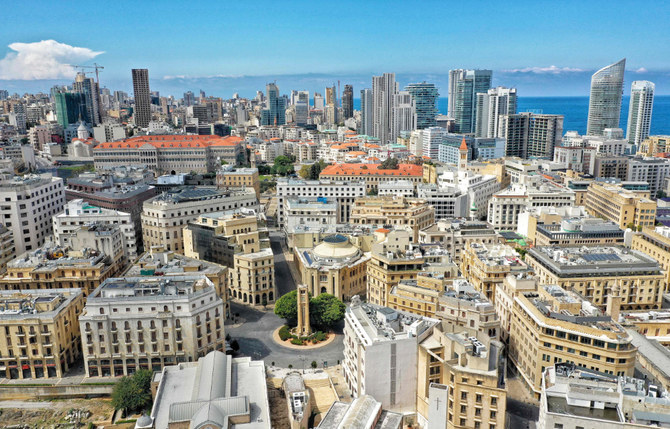
By Najia Houssari -- arabnews.com -- BEIRUT: Lebanon is hoping a summer influx of tourists and visitors will help revive its flagging economy, with the return of live performances at the Baalbeck International Festival expected to be a major drawcard. The festival, a global cultural highlight for more than six decades, was held virtually in 2020 and 2021 because of pandemic restrictions, but previews of its Baalbeck Castle line-up between July 8-17 have attracted more than 17 million views on social media. Minister of Tourism Walid Nassar said that up to 12,000 people are expected to arrive in Beirut each day during the next three months, with over 1 million arrivals over the summer. “Given its location and all its tourism components, Lebanon does not need marketing,” he said.
Speaking during an inspection tour of Rafic Hariri International Airport in Beirut, Nassar said that flights, hotels and even guest houses were fully booked for the summer. Travel agencies and airlines say that many Lebanese expatriates planning to spend their summer vacation in Lebanon with their families have booked tickets. “We have a 100 percent reservation rate between July 1 and mid-September,” Jean Abboud, head of the Syndicate of Tourism and Travel Agencies, told Arab News. “A total of 110 planes will be landing in Beirut during this period, carrying 15,000 passengers, the vast majority of whom are Lebanese, in addition to Jordanians, Iraqis and Egyptians.” He said that the number of flights to and from Lebanon may have to be increased to cope with the rising demand. According to Abboud, holidaying expats will help revive Lebanon’s economy by pumping US dollars into the economy.
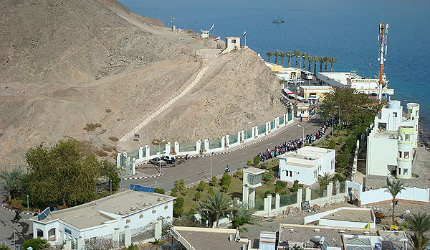
By Martin Chulov -- The guardian -- For decades, the roar of Israeli jets, and the hum of surveillance drones have been regular features in the skies above Lebanon, buzzing towns and cities at will – and acting as constant reminders that war is never far away. Research, which was published on Thursday, demonstrates just how pervasive that presence has been, with at least 22,000 overflights being documented in the past 15 years alone. Those numbers have made warplanes an abiding soundtrack to Lebanese life and the ever present threat of violence a part of the country’s collective psychology. Produced by a new organisation, AirPressure.info, the research shows Israeli planes have occupied the skies of Lebanon for a total of eight and a half of the past 15 years. Few of the incursions are brief, with many lasting an average of four hours and 35 minutes. And most involve the most technically advanced fighter planes or surveillance aircraft in the world that basic Lebanese ground defences offer no match for.
Maps of the flight routes taken by the jets and drones reveal a spaghetti bowl of loops over most areas of Lebanon. The flights are concentrated in the south, where they appear to follow set routes. But Beirut is also a frequent destination, as are areas north of the capital and closer to the Syrian border. Lawrence Abu Hamdan, who assembled the research, which is the most comprehensive of its kind, said studies had shown regular exposure to overflights by warplanes had taken a toll on those living below. AirPressure.info has compiled 11 peer-reviewed papers from scientific journals that detail the acute physiological effects of aircraft noise, with symptoms ranging from hypertension to diminished blood circulation and psychosomatic pains.
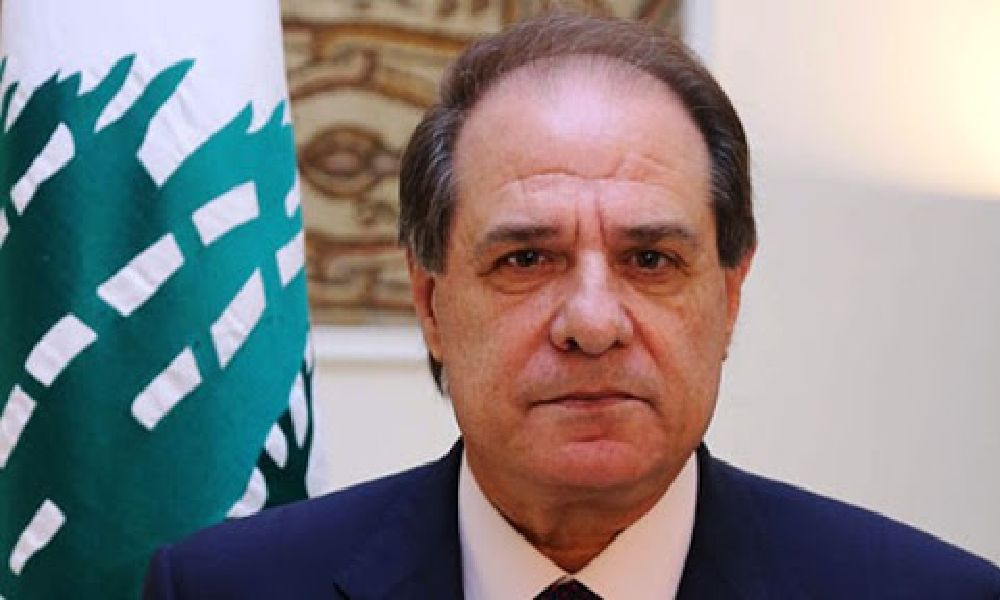
سجعان قزي
@AzziSejean
صعبٌ على أيِّ دولةٍ صديقةٍ أن تَلعبَ دورَ الوَساطةِ بين لبنان وأيِّ دولةٍ أخرى، وبخاصّةٍ مع إسرائيل، في غيابِ موقفٍ لبنانيٍّ واحِد. والأصعبُ أن تَتحالفَ دولةٌ أجنبيّةٌ مع لبنان. المسموحُ، في ظلِّ الوضعِ الراهِن، أن نتعايشَ مع الأزَماتِ، والأسْهلُ أن نعاديَ العالم، لاسيّما الدولُ الصديقة، ونواصِلَ السيرَ نحو الفوضَى الشامِلة. وفيما نَرفضُ هذا السهلَ الممنوع، تَبقى الإشكاليّةُ الكبرى أنَّ هذه الدولَ ترى أنَّ لبنانَ أصبحَ دولةً فاشلةً غيرَ صالحةٍ لإقامةِ علاقةٍ ذات صِدقيّة معها إذ هي غيرُ قادرةٍ على الالتزامِ بأيِّ تحالفٍ أو عَقدٍ أو وَعد. وآخِرُ تَجلّياتِ ذلك أزمةُ الخطوطِ في مفاوضاتِ الحدودِ البحريّة. إنَّ عجزَ الشرعيّةِ عن الإمساكِ بالقرارِ الوطنيِّ نَزعَ عنها صِفةَ المحاورِ الرسميِّ الشرعيِّ الوحيدِ باسمِ دولةِ لبنان، وأتاحَ لبعضِ دولِ العالم التعاطي مع قوى الأمرِ الواقع فعليًّا ومع الدولةِ نظريًّا. وتَكلّلَ هذا الواقعُ الـمُخزي أمس بإعلانِ منظمّةِ الزراعةِ والأغذيةِ (الفاو) وبرنامجِ الغِذاءِ العالميِّ التابعَين للأممِ المتّحدةِ أنَّ لبنانَ من بين 20 دولةً، منها الصومال، تُشكّلُ بؤرًا ساخنةً للفَقرِ والجوعِ في العالم.
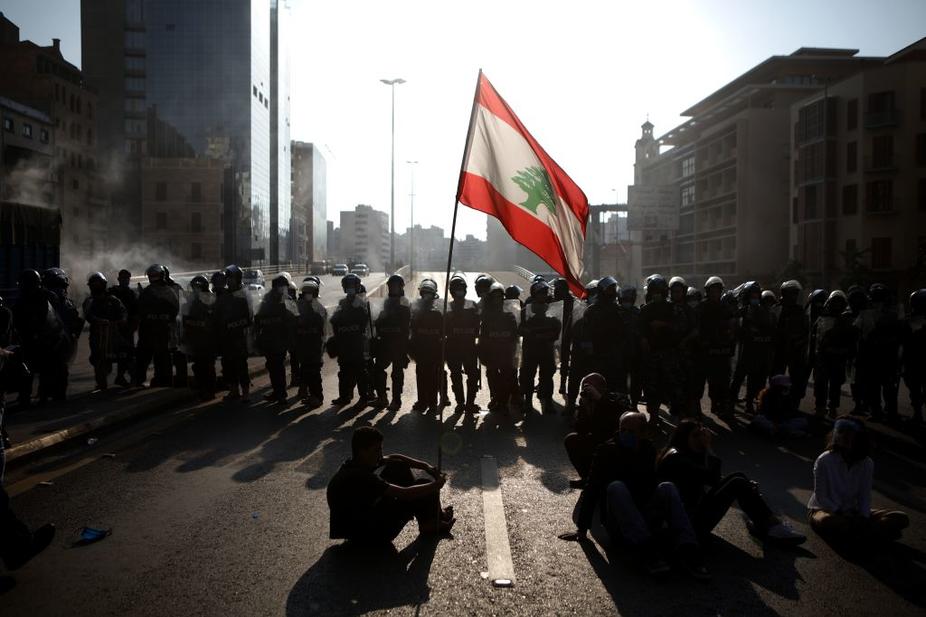
by Nada Homsi -- thenationalnews.com - Many of Lebanon's 13 newly elected ‘Change’ MPs arrived at parliament either on foot or in inexpensive cars on Tuesday, in contrast to those from established parties who traveled in blacked-out luxury SUVs. The parliament was holding its second session after the May 15 elections. “It looks like MP Michel Douaihy’s wife dropped him off,” a local anchor on the sidelines commented on live television. “This modesty is what makes these MPs so appealing to people, in contrast with the establishment parties.” They were elected on the premise of change, justice and opposition to Lebanon's entrenched sectarian political parties. But in a country facing problems caused by economic collapse, a regional battle for power and a corrupt, entrenched elite in place since Lebanon’s civil war, 13 activists-turned-legislators must now participate in the very system they were elected to change.
In Tuesday’s parliamentary session, the 128-member legislature was expected to nominate and elect members of its parliamentary committees — which play an important role in forming Lebanon’s laws by negotiating and approving bills before they go to parliament. It is a vital opportunity for the 13 politicians — popularly referred to as the ‘Change' MPs — who hope to exert influence from within the committees. Still, in the new parliament, they have found themselves in a tenuous position, given Lebanon’s ideologically divided political landscape: they neither support the Iran-backed Hezbollah nor its opposition, the Saudi-aligned Lebanese Forces, who represent the two largest opposing parliamentary blocs.
Khazen History
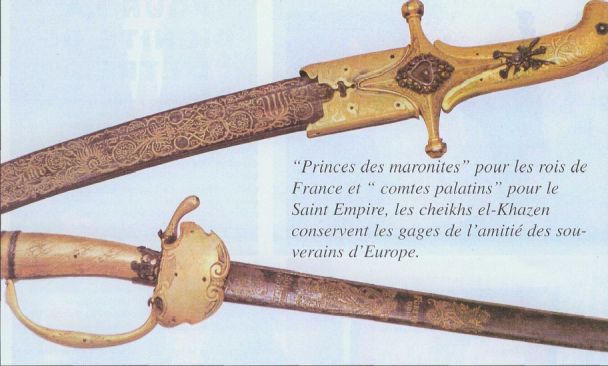

Historical Feature:
Churches and Monasteries of the Khazen family
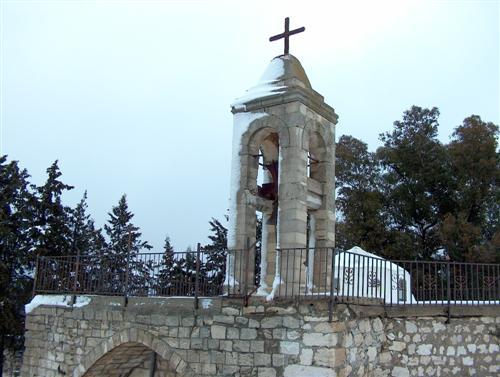
St. Anthony of Padua Church in Ballouneh
Mar Abda Church in Bakaatit Kanaan
Saint Michael Church in Bkaatouta
Saint Therese Church in Qolayaat
Saint Simeon Stylites (مار سمعان العامودي) Church In Ajaltoun
Virgin Mary Church (سيدة المعونات) in Sheilé
Assumption of Mary Church in Ballouneh
1 - The sword of the Maronite Prince
2 - LES KHAZEN CONSULS DE FRANCE
3 - LES MARONITES & LES KHAZEN
4 - LES MAAN & LES KHAZEN
5 - ORIGINE DE LA FAMILLE
Population Movements to Keserwan - The Khazens and The Maans
ما جاء عن الثورة في المقاطعة الكسروانية
ثورة أهالي كسروان على المشايخ الخوازنة وأسبابها
Origins of the "Prince of Maronite" Title
Growing diversity: the Khazin sheiks and the clergy in the first decades of the 18th century
Historical Members:
Barbar Beik El Khazen [English]
Patriach Toubia Kaiss El Khazen(Biography & Life Part1 Part2) (Arabic)
Patriach Youssef Dargham El Khazen (Cont'd)
Cheikh Bishara Jafal El Khazen
Patriarch Youssef Raji El Khazen
The Martyrs Cheikh Philippe & Cheikh Farid El Khazen
Cheikh Nawfal El Khazen (Consul De France)
Cheikh Hossun El Khazen (Consul De France)
Cheikh Abou-Nawfal El Khazen (Consul De France)
Cheikh Francis Abee Nader & his son Yousef
Cheikh Abou-Kanso El Khazen (Consul De France)
Cheikh Abou Nader El Khazen
Cheikh Chafic El Khazen
Cheikh Keserwan El Khazen
Cheikh Serhal El Khazen [English]
Cheikh Rafiq El Khazen [English]
Cheikh Hanna El Khazen
Cheikha Arzi El Khazen
Marie El Khazen